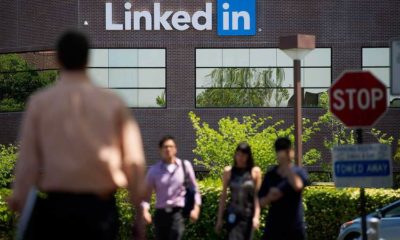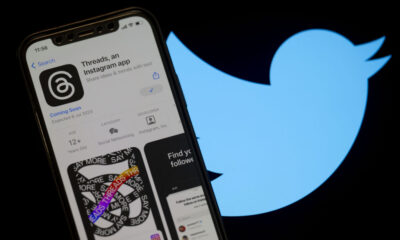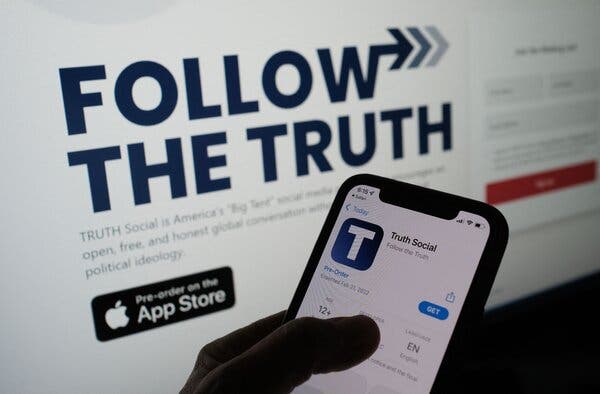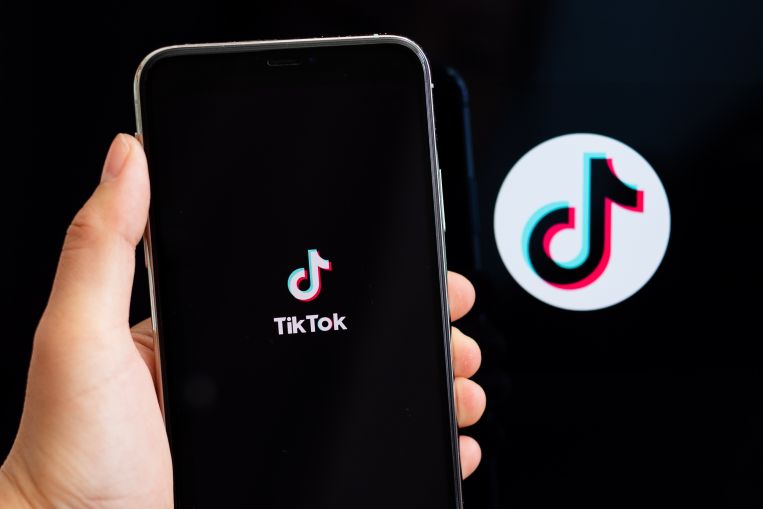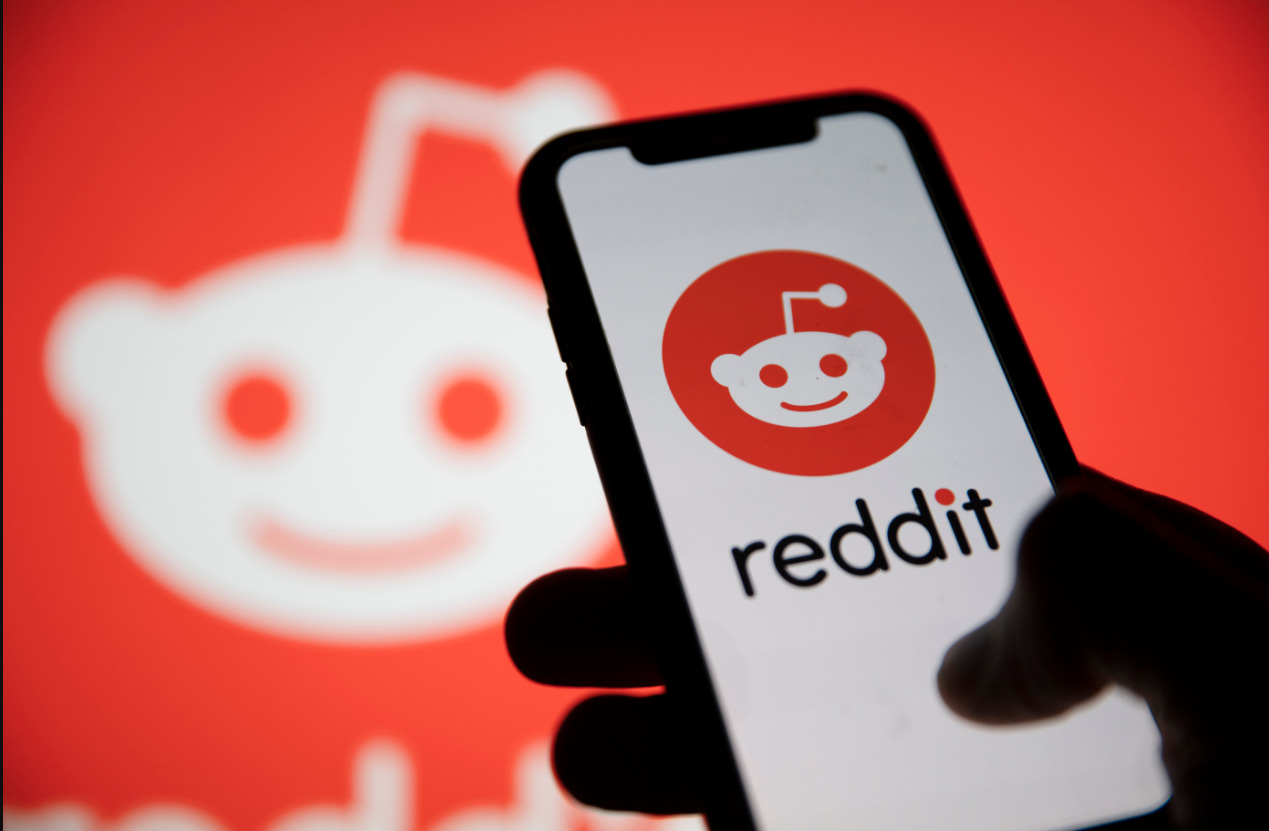The stock of Snap declined by 25% on Thursday and another 31% today Friday following disappointing third-quarter (Q3) financial results.
The social media company on Thursday reported revenue of $1.13 billion for the three months ending in September, a 6% increase that doesn’t compare to a period of double-digit. Snap’s net loss grew to $360 million, including $155 million in “restructuring charges.”
Despite daily active users rising to 363 million, an increase of 19% or 57 million from the same period in 2021.
“This quarter we took action to further focus our business on our three strategic priorities: growing our community and deepening their engagement with our products, reaccelerating and diversifying our revenue growth, and investing in augmented reality,” CEO Evan Spiegel said of the quarter.
Snap shares are reported to have lost over three-quarters of their value this year and are down more than 30% since July when the company reported second-quarter results that missed on the top and bottom lines.
Reports disclose that if the stock closes at this level on Friday, it would be the lowest it has gone since 2019. The company shares are also reported to have tumbled 87% from their record close in September 2021.
Snap’s primary source of revenue generation is through the sale of its advertising products on its core mobile device platform Snapchat, and it has so far continued to face stiff competition from fast-growing competitors like TikTok and is still navigating its digital ads business in the wake of privacy changes implemented by Apple that have made it more difficult for marketers to target users with ads.
Spiegel disclosed that the company’s stock has continued to fall due to supply-chain disruptions and labor shortages, and many others are contending with rising costs amid record inflation, which has led to cutbacks in spending on advertising.
Snap said in its letter to investors, “Our revenue growth continued to decelerate in Q3 and continues to be impacted by a number of factors we have noted throughout the past year, including platform policy changes, macroeconomic headwinds, and increased competition.
“We are finding that our advertising partners across many industries are decreasing their marketing budgets, especially in the face of operating environment headwinds, inflation-driven cost pressures, and rising costs of capital.
“Forward-looking revenue visibility remains incredibly challenging, and this is compounded by the fact that revenue in Q4 is typically disproportionately generated in the back half of the quarter, which further reduces our visibility.”
Recall that in late August, Snap announced plans to lay off some 20% of its more than 6,400 global employees, or more than 1,200 staff as it had to confront headwinds from rising inflation, a stronger dollar, and broader economic jitters that led to some advertisers and consumers to rethink their spending.
As the company stock continues to fall, Snapt that worth more than $100 billion a year ago is now worth less than $20 billion.
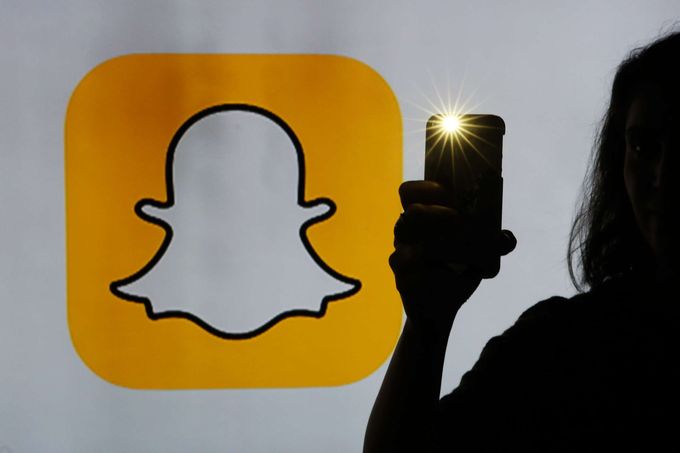

 Forex2 weeks ago
Forex2 weeks ago
 Naira4 weeks ago
Naira4 weeks ago


 Naira1 week ago
Naira1 week ago
 Company News4 weeks ago
Company News4 weeks ago




 Naira1 week ago
Naira1 week ago




 Naira3 weeks ago
Naira3 weeks ago
 Billionaire Watch7 days ago
Billionaire Watch7 days ago




 Naira5 days ago
Naira5 days ago



